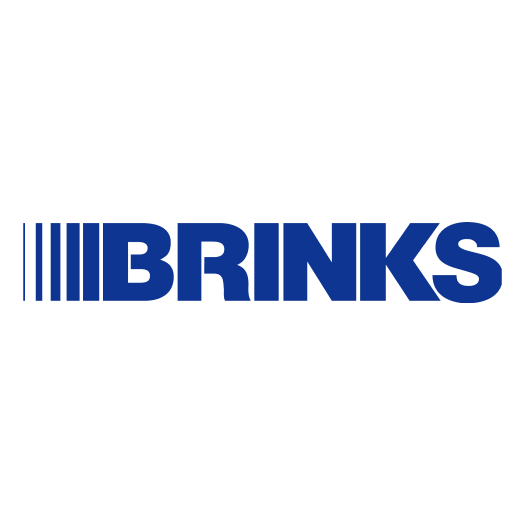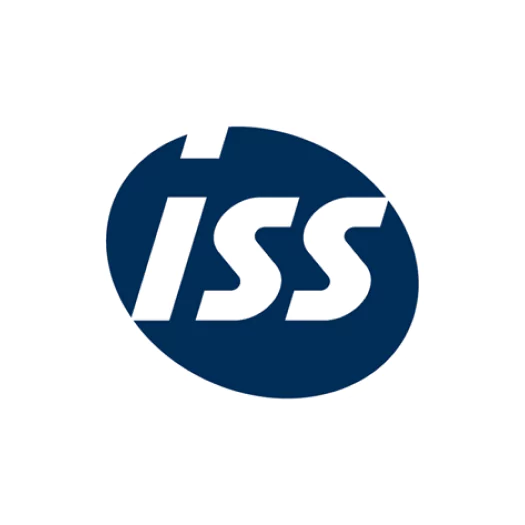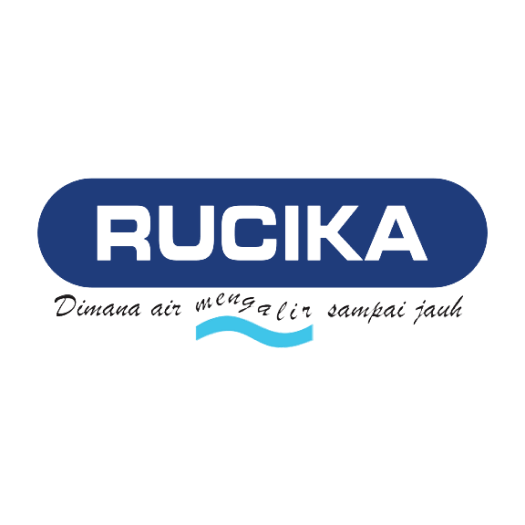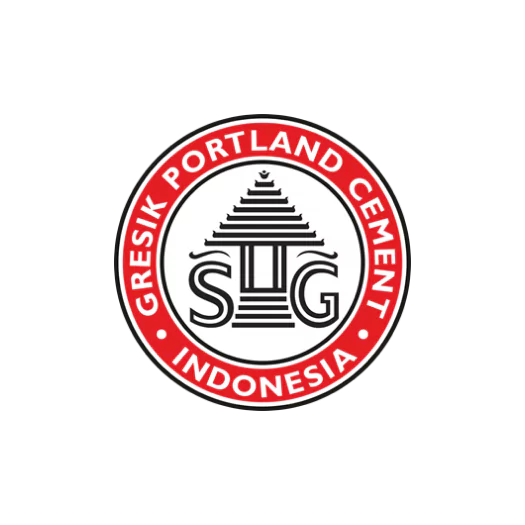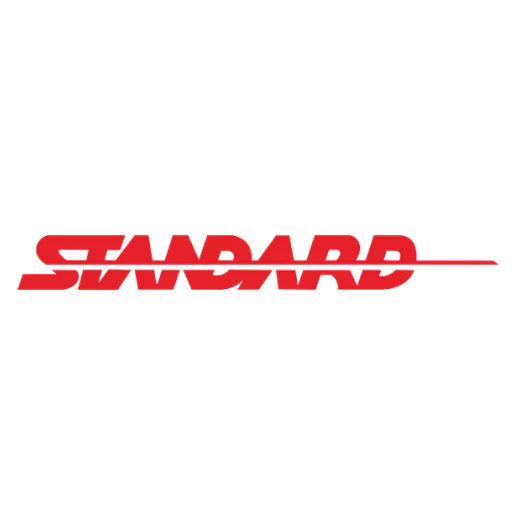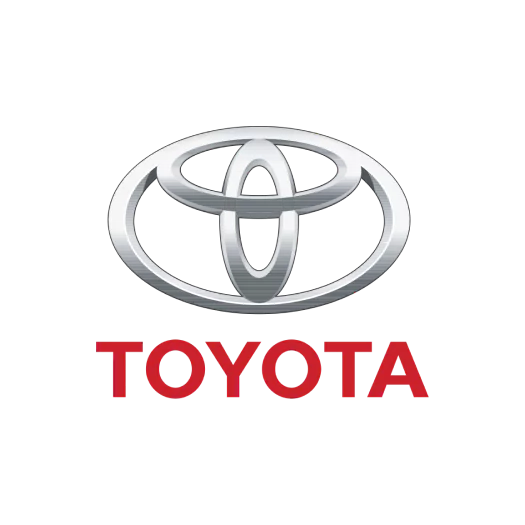For manufacturers and product-based companies, understanding the Cost of Goods Manufactured (COGM) is more than just a finance task, it’s a strategic necessity. COGM reflects the total cost of producing goods during a specific period, providing crucial insights into operational efficiency, pricing accuracy, and overall profitability.
Yet, many businesses still rely on outdated or incomplete methods to calculate it, risking inaccurate reporting and missed financial targets. This article will guide you through the essential steps of calculating COGM effectively, helping you make informed decisions that drive growth and cost control.
Read on to discover how mastering COGM can unlock real value for your business.
Key Takeaways
|

What is Cost of Goods Manufactured (COGM)?
Cost of Goods Manufactured (COGM) is the total cost incurred by a company to produce goods during a specific accounting period. It includes the cost of raw materials used in production, direct labor costs, and manufacturing overhead such as equipment maintenance, factory utilities, and depreciation.
COGM helps businesses determine the actual cost of turning raw materials into finished products. This figure is essential not only for calculating the Cost of Goods Sold (COGS), but also for evaluating production efficiency, setting accurate pricing, and making better financial decisions.
Components of COGM: Direct Materials, Labor & Overhead
To accurately calculate the Cost of Goods Manufactured, it’s important to break down its three main components: direct materials, direct labor, and manufacturing overhead.
These elements represent the core production costs and are distinct from broader operating expenses, which include non-manufacturing costs such as administrative and marketing expenses. While overhead cost is often part of operating expenses in general accounting, within the COGM context, it specifically refers to indirect costs related to production activities.
1. Direct Materials
These are the essential raw materials used directly in the production process. The cost is calculated based on the materials consumed, not just the materials purchased.
Key components include:
- Beginning inventory of raw materials
- Purchases of additional raw materials
- Ending inventory of raw materials
- Indirect materials (if directly tied to production)
2. Direct Labor
This refers to wages and benefits paid to employees who are directly involved in producing goods.
Key components include:
- Salaries or wages of production line workers
- Payroll taxes and benefits for direct labor
- Overtime pay for production staff (if applicable)
3. Manufacturing Overhead
These are indirect costs necessary to support the manufacturing process but not directly traceable to specific products.
Key components include:
- Factory rent and utilities
- Equipment depreciation
- Maintenance and repairs
- Production supervision salaries
Understanding these detailed components allows businesses to accurately assess production costs, distinguish them from operating expenses, and make more informed decisions about pricing, budgeting, and cost control.
Benefits of COGM
The real value of COGM lies in how its data is used to support smarter decisions across key business areas. When integrated with robust financial management software, COGM becomes even more powerful, connecting production costs directly with financial planning and performance.
- COGM provides detailed insight into production expenses, allowing businesses to identify inefficiencies, reduce waste, and better manage manufacturing costs.
- By understanding the true cost of production, companies can set more competitive and profitable product pricing.
- COGM supports precise calculation of Cost of Goods Sold (COGS), which is essential for analyzing gross profit and overall financial performance.
- It ensures inventory is valued based on actual production costs, leading to more accurate financial reporting.
- COGM data helps finance teams create realistic budgets and forecasts by reflecting actual cost trends and production volumes.
COGM vs. COGS: Understanding the Difference
While both Cost of Goods Manufactured (COGM) and Cost of Goods Sold (COGS) are crucial financial metrics in a product-based business, they serve different purposes and appear at various stages in the production-to-sales process.
Understanding the distinction between the two helps ensure accurate financial reporting, better cost management, and more informed decision-making. Here’s a clear comparison to help you differentiate between COGM and COGS:
| Aspect | COGM
(Cost of Goods Manufactured) |
COGS
(Cost of Goods Sold) |
| Definition | Total production cost of goods completed in a specific period | Total cost of goods that were actually sold in that period |
| Includes | Direct materials, direct labor, and manufacturing overhead | COGM plus beginning and ending inventory of finished goods |
| Used For | Measuring production efficiency and cost control | Calculating gross profit and analyzing sales performance |
| Appears In | Internal reports, cost accounting, inventory valuation | Income statement (as part of profit & loss reporting) |
| Timing | Calculated at the end of the production process | Calculated when goods are sold |
COGM Calculation Formula
To calculate the Cost of Goods Manufactured accurately, businesses need to sum all direct production costs incurred during a specific period. This includes raw materials used, direct labor, and manufacturing overhead.
The formula provides a structured way to understand total production cost before goods are transferred to finished goods inventory. Here is the standard formula for calculating COGM:
COGM = (Beginning Raw Materials Inventory + Raw Materials Purchased – Ending Raw Materials Inventory)
This formula helps ensure that all relevant production costs are captured, allowing for better cost control, inventory valuation, and financial analysis.
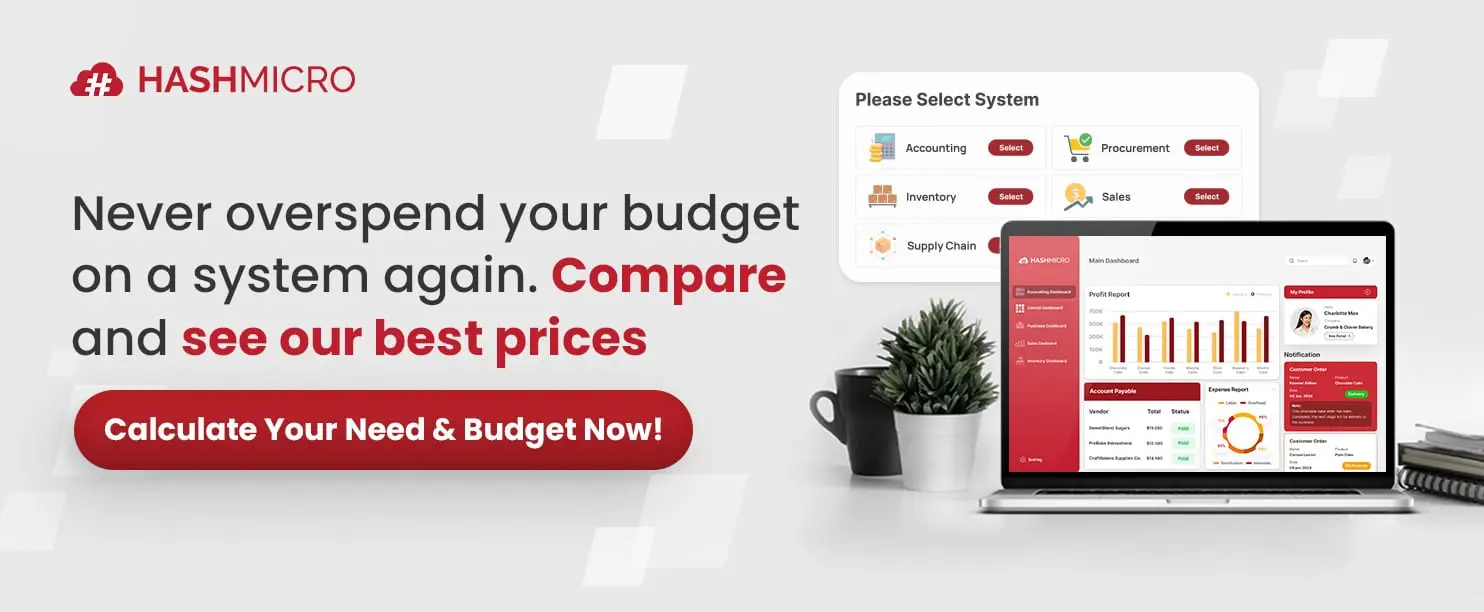
Example Calculation of COGM
To illustrate how the Cost of Goods Manufactured (COGM) is calculated, let’s consider a simple example.
Imagine a manufacturing company is reviewing its production costs for the month of May. At the beginning of the month, the company had $10,000 worth of raw materials in inventory. During the month, it purchased an additional $25,000 worth of raw materials. By the end of May, the raw materials inventory was reduced to $8,000. This means the total raw materials used in production amounted to $27,000.
In addition to material costs, the company also incurred $15,000 in direct labor expenses and $12,000 in manufacturing overhead, including utilities, equipment depreciation, and factory maintenance.
At the start of the month, the Work-in-Process (WIP) inventory was valued at $5,000, and by the end of the month, the WIP inventory had increased to $7,000.
Using the COGM formula, the total manufacturing costs are calculated by adding the raw materials used ($27,000), direct labor ($15,000), and manufacturing overhead ($12,000), resulting in $54,000. To arrive at the final COGM, the company adds the beginning WIP inventory ($5,000) and subtracts the ending WIP inventory ($7,000), resulting in a COGM of $52,000 for May.
This example illustrates how COGM provides a comprehensive view of total production costs, which is crucial for accurate inventory valuation and financial reporting.
Achieve Accurate COGM Insights with HashMicro’s Manufacturing Software
HashMicro manufacturing software offers a powerful solution for businesses looking to overcome challenges in calculating the Cost of Goods Manufactured. With its robust features, the system simplifies the process of tracking and allocating production costs, ensuring accuracy in financial data and supporting more informed business decisions.
To see how HashMicro can enhance your manufacturing processes, you can request a free demo. This allows you to experience the software firsthand and understand how it automates COGM calculations effectively.
Built to support a variety of operational needs, HashMicro Manufacturing Software delivers an integrated set of features that drive efficiency and sustainable business growth. Key features include:
- Real-Time Cost Monitoring: Continuously tracks actual material, labor, and overhead costs as they occur. This helps maintain accurate and current COGM figures while allowing businesses to detect cost deviations and operational inefficiencies quickly.
- Bill of Materials (BoM) Cost Estimation: Provides detailed cost projections for all components in a multi-level BoM. This feature supports better budget forecasting and allows for more strategic procurement and production cost planning.
- Comprehensive Cost Allocation: Enables accurate assignment of direct materials, labor, and overhead to each production process. This ensures each COGM component is properly accounted for, helping to control expenses and protect profit margins.
- Automated Requisition Planning: Generates material requisitions based on real-time production needs, minimizing excess inventory. This supports lean operations and helps maintain a balanced cost structure aligned with actual demand.
- In-Depth Production Cost Reporting: Provides detailed reports on production costs, material usage, and labor hours. These insights are essential for tracking COGM over time and optimizing future production strategies.
Conclusion
Cost of Goods Manufactured (COGM) is a crucial metric for understanding production costs and maintaining healthy profit margins. Using software to automate COGM calculations improves accuracy and saves time, allowing businesses to focus on growth rather than manual processes.
HashMicro’s manufacturing software offers a smart solution to simplify inventory tracking, cost allocation, and production analysis. Automating these tasks helps decision-makers act faster with reliable data that drives operational efficiency.
Request a free demo to see how HashMicro can streamline your COGM process and support smarter manufacturing decisions.

FAQ COGM
-
What is the difference between COGS and COGM?
The cost of goods manufactured (COGM) is a figure that represents the total cost of producing your finished goods. This includes the cost of raw materials, labor, and overhead expenses. In contrast, the cost of goods sold (COGS) only includes the cost of raw materials and (in some cases) labor.
-
Is cogm an expense?
COGM is the total cost of making products for sale. The cost of goods sold (COGS) is the actual expenses related to producing those products. COGM does not include marketing or distribution costs — it only includes direct labor, materials, and factory overhead costs associated with producing finished goods inventory.
-
Is cogm on the balance sheet?
COGM is used to value finished goods inventory on the balance sheet by factoring in the current period’s manufacturing costs and the net change in work-in-process (WIP) inventory.











